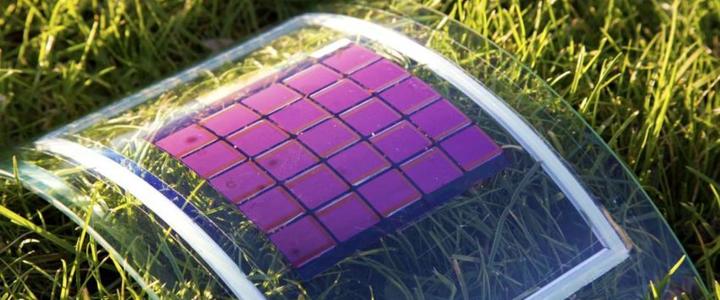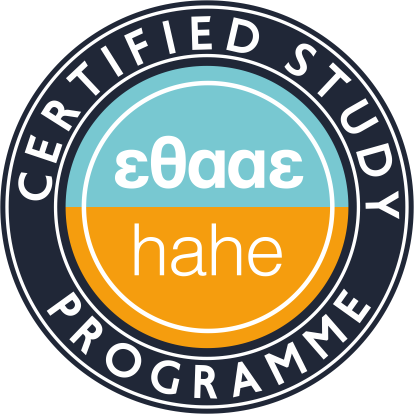
Helmholtz-Zentrum Berlin für Materialien and Energie, Berlin, Germany
Carbon is the fourth most abundant element in space and the first to grow solid nano-aggregates that agglomerate fluffily and form ... "stardust".
In 1985, cosmochemist Harry Kroto et al. discovered a cluster with 60 atoms in the mass spectrum of carbon vapours. The team daring speculated that it could be the carrier of the famous 220 nm bump in the extinction curve of the Interstellar Medium and that it was a closed cage molecule in the shape of a ... "football".
Five years later, surprisingly, a Heidelberg team succeeded in the synthesis of C60 in large amounts and they confirmed the daring "football" speculation [1, 2]. Their paper triggered an amazing publication activity of over 1000 related papers per year (= World Championship), although it turned out that C60 was unfortunately not responsible for the 220 nm bump as hoped...
So what! Football fever broke out in the scientific community. Youngster as well as senior scientists young-at-heart suddenly transformed into passionate football fans leaving their work and following their basic play instincts. They declared the C60 Games open. They didn't even notice that the "footprint" of the amazing carbon cluster was discovered shortly afterwards by astronomers in the spectral range of the so-called Diffuse Interstellar Bands.
Also in 1985, Ching W. Tang and his team in the field of "solar energy" research fabricated ultra-thin absorber layers for cost-efficient organic solar cells (OSCs) applying organic semiconductor materials, with the absorber material being a nano-composite of donor and acceptor molecules. Later C60 was found to be an excellent candidate for the OSC’s acceptor component due to its enormous electron affinity.
Therefore, novel OSC concepts based on C60 acceptors with significant power conversion efficiencies of up to η=2.5% were introduced in the new millennium [3]. This triggered generous governmental and private funding in the range of a billion € worldwide for the “solar discipline” of the C60 Games. So that 2018 the efficiency record has increased seven-fold culminating in η=17.3%.
1 W. Krätschmer, L. Lamb, K. Fostiropoulos & D. Huffman, Solid C60: a new form of carbon, Nature 347 (1990) (6488 Citations)
2 Konstantinos Fostiropoulos, C60 – A New Form of carbon, Dissertation, Heidelberg University (1992)
3 K. Fostiropoulos; M. Vogel; B. Mertesacker; A. Weidinger, Preparation and investigation of phthalocyanine/C60 solar cells Proc. SPIE 4801, Organic Photovoltaics IIΙ (2003)



